Who doesn’t dream of being featured on page 1 of Google? Here’s a secret- topping search rankings is a lot of smart work. If you use your keywords right- you can get up there as the top result. But do you know what keywords are good for YOU? Let us have a look at the different types of keywords in SEO & Google Ads and how they can help you grow your business.
Getting the right types of keywords in SEO is definitely tricky but not impossible. You can get the real organic traffic you have always dreamed of if you learn to implement keywords properly. It’s much easier to increase the conversion rate for products or services if you know what keywords to use.
There are plenty of keywords as well as keyword research tools, all showing different results. All of this can be overwhelming; therefore, I will explain the types of keywords so that you get a direction to walk on!
Types of Keywords in SEO
I will tell you about the 9 types of keywords in SEO writing you must know if you are a blogger.
Let’s begin with the first one; a short tail keyword.
1. Short-tail keyword- hardest to rank among all types of keywords
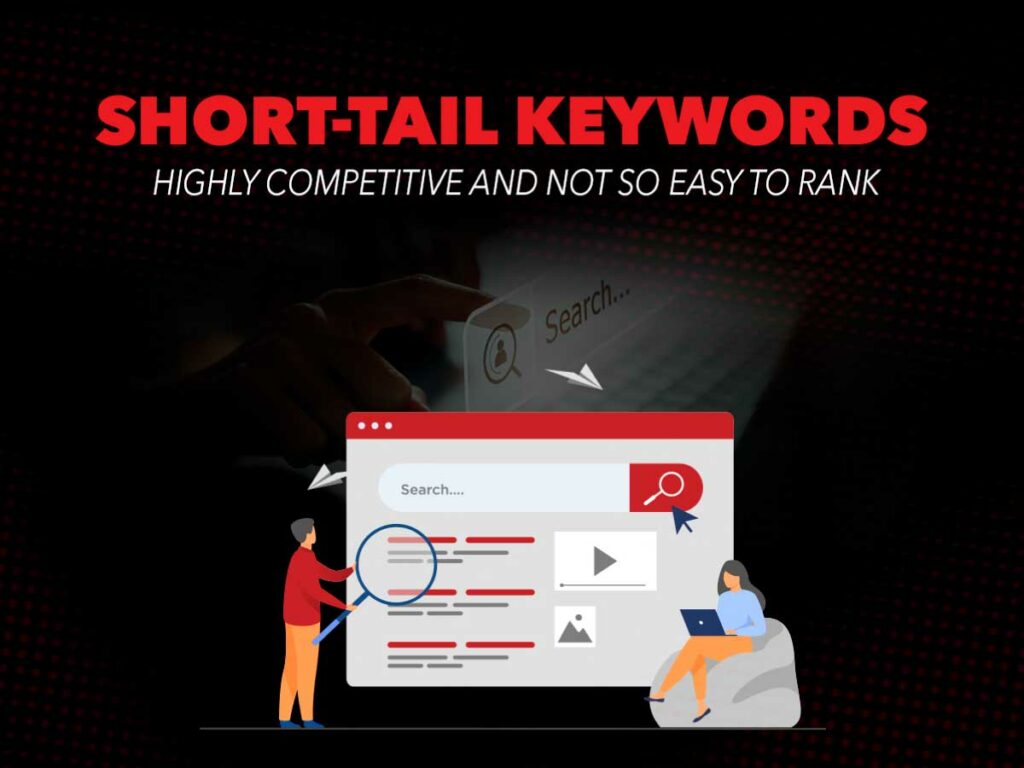
A keyword is nothing but a small sequence of words. Any sequence made up of three words or less is known as the short-tail keywords. These are also called the head keywords.
These are all over the place, not really user-targeted, and it is hard to find their intent. For instance, search terms Like ‘Lemon’ don’t have a specific intent. We can’t really tell if someone is searching for the vitamins present in lemon or how it helps with weight loss!
Examples-
- “Dog food” is one of the most popular short-tail keywords on Google, with over 1.2 billion monthly searches.
- “iPhone” is another example of a short tail keyword that gets a lot of search volume, with over 2.5 billion monthly searches.
- “How to bake a cake” is a popular short-tail keyword that can drive traffic to a recipe website.
Even if all these keywords attract a big volume search, you cannot possibly have a taste of it if you have a new blog! It’s very competitive out there.
These don’t convert well and also don’t necessarily target the specific audience you might be looking for.
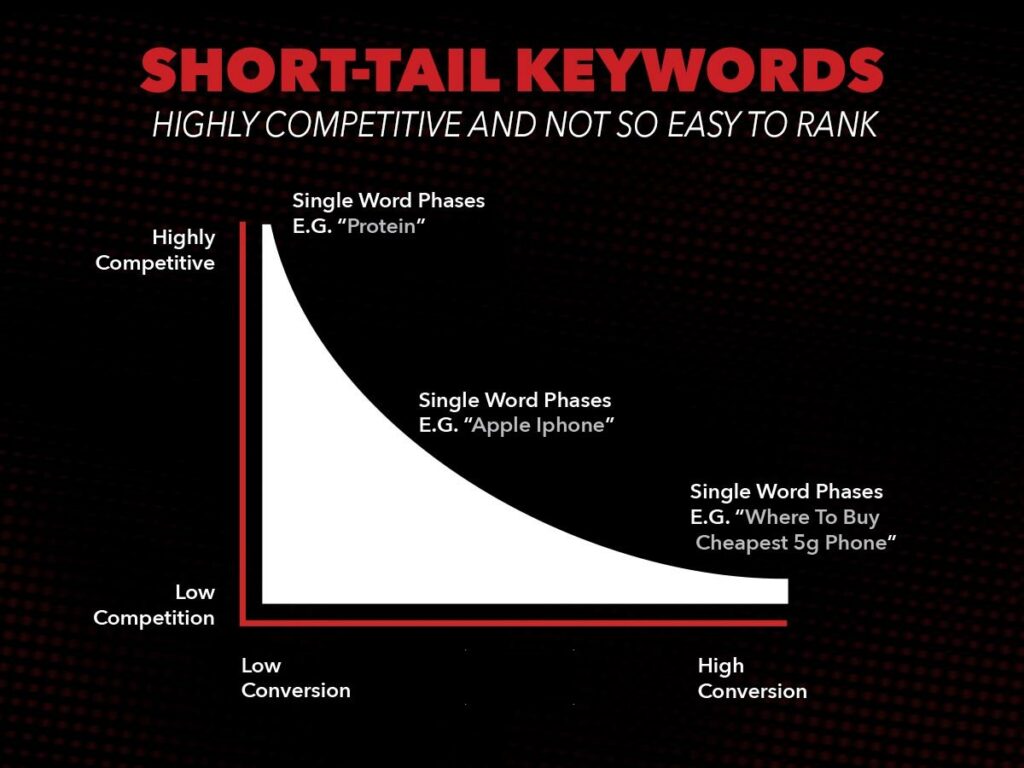
Features of Short-tail keywords
- Highly competitive and not so easy to rank
- High search volume
- High competitive
- Broad search intent
- Lesser conversion rate
It should only be used as a theme keyword on your website. This tells Google the overall theme of your website, which can positively impact your SEO strategy.
2. Long-tail keyword- best in SEO keyword types

Any keyword with more than three-word sequences is a long-tail keyword. These are highly specific and have lower search volume than a short tail keyword. Because they are long, these are target-specific and have much better user intent.
Rank faster with long-tail keywords
You can pinpoint the search intent easily, for instance-: “tool to extract competitive analysis”, where the user wants to search for nothing other than a tool to extract competitive analysis.
You can easily write a blog that answers this query and give the user exactly what he wants to know. That’s the benefit of long-tail keywords- that they are very detailed and satisfy their users.
These are all over the place, not really user-targeted, and it is hard to find their intent. For instance, search terms Like ‘Lemon’ don’t have a specific intent. We can’t really tell if someone is searching for the vitamins present in lemon or how it helps with weight loss!
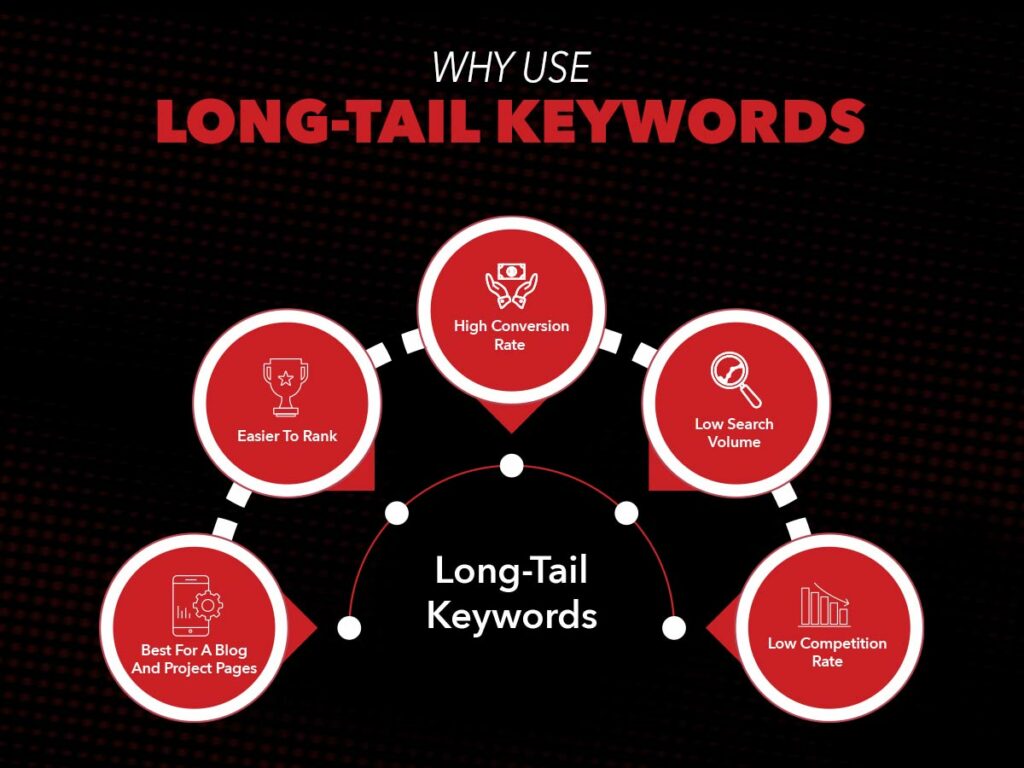
Features of Long Tail keywords-
- Low, competitive rate
- Low search volume
- Easier to rank
- High conversion rate
- Best for a blog post and project pages
3. Short-term fresh keyword- best types of keywords in SEO for latest trends
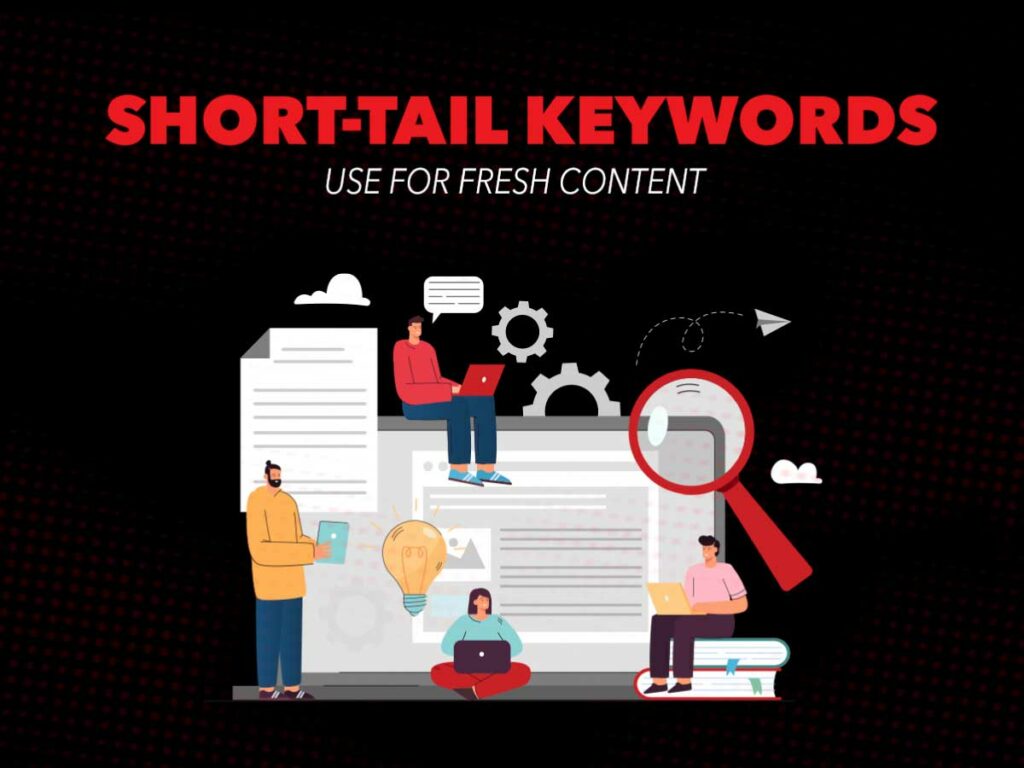
Even though the name is familiar, these are different types of keywords then the short-tail ones. For instance, the fresh keyword can be something that is recently released, trending, or in the news! Like If I search- ‘A quiet place 2’, I’ll get a lot of results as it just hit theatres and is still a fresh topic.
Short-term Fresh keywords: Used for fresh content
The search volume for such terms gets at its highest peak when the movie is released.
However, after some time, it drops sharply when the craze is gone. You can try to catch more organic traffic by targeting fresh keywords at the right time. But you should know that these SEO keyword types won’t have any traffic after the hype is over.
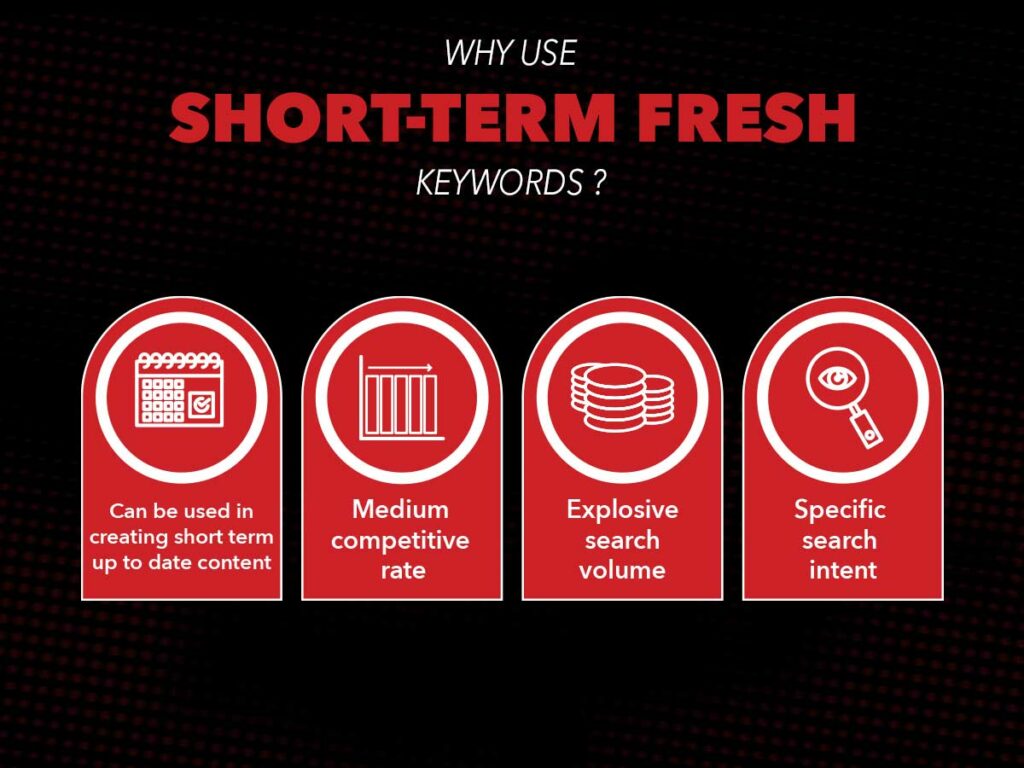
Features of short-term fresh keywords
- Medium competitive rate
- Explosive search volume
- High conversion rate
- Specific search intent
- Can be used in creating short-term up-to-date content
4. Long-term evergreen keyword
An evergreen keyword is the one that’s relevant all the time. Even if the search volume fluctuates, it won’t heavily impact the daily traffic. It should be the primary keyword in most of your blogs to attract more visitors.
For instance, consider publishing a post about a topic that will still hold some value after two years. Some topics just never go out of hype, like- the benefits of waking up early in the morning. People do wake up early in the morning now and will do the same even after years.
So, if they want to know about the benefits of waking up early, they can always search this and get to your blog. All you need to do is maintain your blog once a year to keep your information consistent and up-to-date. These types of keywords in SEO are best for blogs going for a long run!
5. Product defining keyword
Keywords that describe your product are known as the product-defining keyword. It’s something more specific than just a wide Niche. For instance, you can describe your product as a ‘regular keyword tool’ but a ‘keyword research and planning tool’ that is only useful for a specific targeted audience.
Also, the users looking for a product-defining keyword are usually at the early stage of purchasing. That means you need to talk about your product in as much detail as possible to help your users. You just need to look at your product list and find the relevant targeting keywords.
Features of a product defining keyword
- Specific search intent
- Low search volume
- High conversion rate
- Low, competitive rate
- You can use it if you want to stand out from the generic crowd
6. Customer-defining keyword
It’s important to have a customized platform for your targeted audience. if you don’t have it yet, you must create an imaginary profile. You just need to learn about your audience, who they are, where they are from, and what their profession is! The more factors you use to categorize people, the more accurate your target list will be.
Customized keywords for special audiences
For instance, consider this example, “keyword research and planning tool,” and compare it with “keyword research and planning tool for social media marketers.”
It would be difficult for social media marketers to find an appropriate keyword research tool by the first keyword. However, the second one is more precise and targets the tool specifically for social media marketers. You will get much better traffic if you define keywords according to your customers.
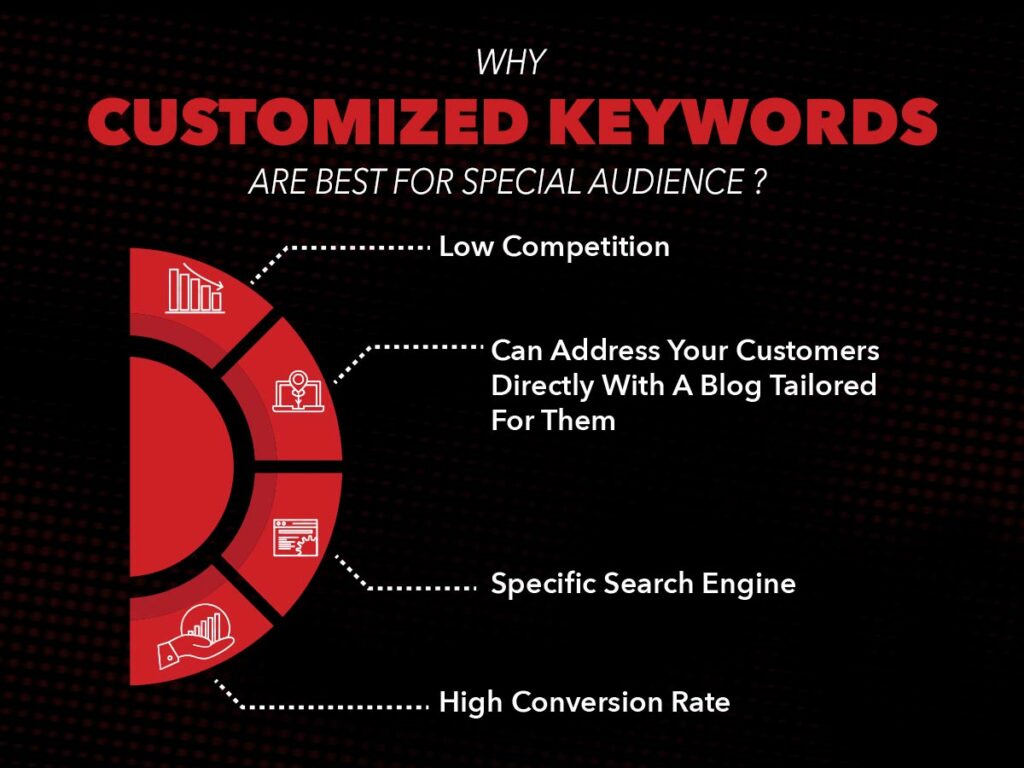
Features of customer-defining keyword
- Low competition
- Specific search intent
- High conversion rate
- Can address your customers directly with a blog specifically tailored for them
7. Geo-targeting keyword- used as best types of keywords in google ads
You can opt for geo-targeted keywords to target a specific state, city, country, or locality. This strategy works best for businesses to attract relevant and local customers. How to know your geo-targeted keywords? The area where your potential customers lie is, in fact, the geo-target keyword.
Target the customers of a specific town!
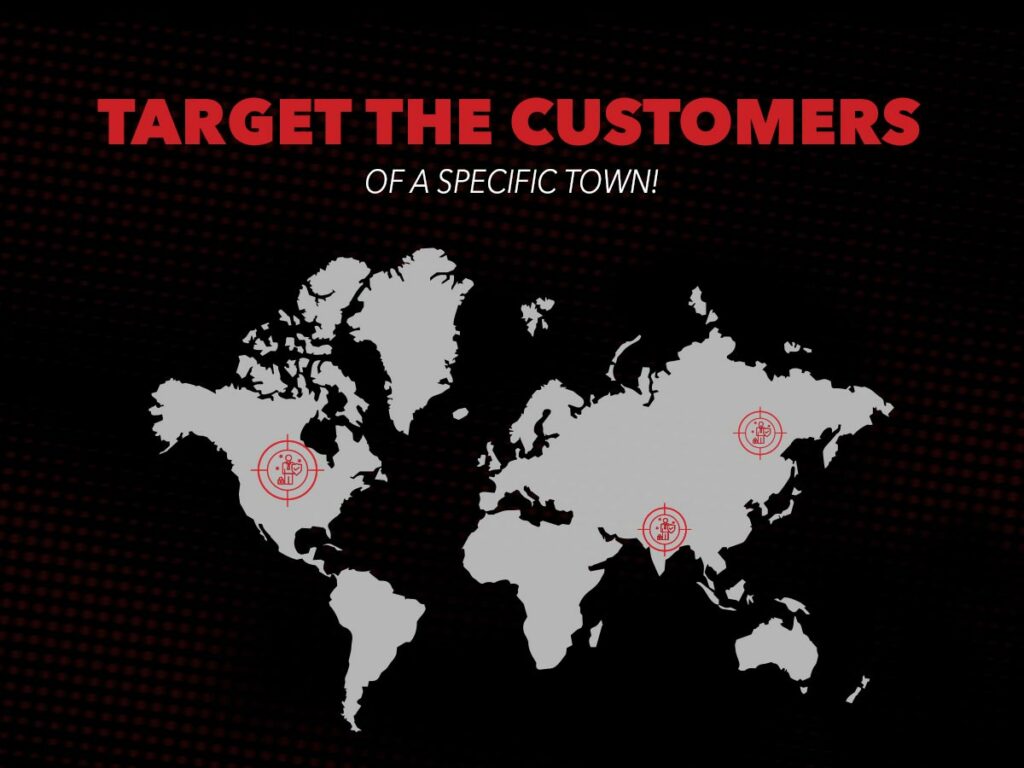
Even if you have mentioned the address on the sidebar, mentioning it right in the text makes a huge difference. This keyword is essential for local businesses to establish their local SEO.
Features- of Geo-Targeting Keywords
- Low search volume
- High conversion rate
- Specific search intent
- Low competition
- Best for a delivery base business
8. LSI keywords – easiest to find among all keyword research types
LSI keywords are known as latent semantic indexing keywords and are closely related to your focus keyword. If your focus keyword is ‘lemon’, your LSI keywords could be ‘sour’, ‘vitamin c’, ‘nutrition’, etc.
You need to fix a target keyword before your search for LSI keywords. LSI keywords are just a bunch of related terms that can fit in the theme targeting all the relevant smaller branches of the focus keyword.
It helps to show your content when users search for similar terms other than just focus keywords. To get LSI keywords for your focus keyboard, you can look at the suggestions after searching your target keyword. This gives us an idea about the terms Google relates with for a particular search query. Just put in the focus keyword on a search to LSI keywords and make a suitable.
Features of LSI keywords
- Specific search intent
- Helps rank the main keyword
- Low competition
- Low search volume
- Helps building a content strategy with lots of keyword research types
9. Intent targeting keywords
Every time someone performs a search query, its intent falls into three categories.
If the user has not searched generic keywords but something specific, that simply means he is searching for a particular term. Make a creative blog that answers the user intent query in the information like “top 10”, “facts”, “guide on”, “ways to”, etc. These keywords carry an informational meaning to educate the reader. You can also begin the content with what, where, and how.
Other users with commercial intent are eager to make a purchase. You can use keywords like product descriptions, shipping fee expiration date specifications, or place of origin to give product-specific information. These types of keywords in digital marketing are best for a seller’s website.
Before the user places an order, always look for words like guaranteed, best quality, sale, discount, best price, etc. Make sure you use these types of keywords at the checkout to make your users feel comfortable with you.
Types of keywords in google ads
There are a few different types of keywords that you can use in your Google Ads campaigns: broad match, phrase match, and exact match.
Broad match keywords
These are the most general and will show your ad for any search query that includes your keyword, even if the searcher didn’t use your exact keyword phrase.
For example, if you had the keyword “tennis shoes,” your ad could show search queries like “red tennis shoes” or even “shoes that are ten times more comfortable than regular tennis shoes.”
Phrase match keywords
These will only show your ad if the searcher uses your exact keyword phrase or a close variation.
So, using our “tennis shoes” example, your ad would only show for searches like “buy tennis shoes online” or “red and white tennis shoes.” It wouldn’t show for queries that don’t include the word “tennis,” like “comfortable shoes for walking.”
Exact match keywords
These are the most specific and will only show your ad if the searcher uses your exact keyword phrase, with no other words before or after it.
So, using our “tennis shoes” example again, your ad would only show for search queries like “buy tennis shoes online” or “tennis shoes for running,” and not for anything else.
Given the flexibility of broad match keywords, they are usually best to start with when setting up your Google Ads campaigns. This lets you get more visibility in searches that are still relevant to your business and might not be using your exact keywords. You can add in phrase match and exact match keywords to further narrow down who sees your ads.
Types of keywords in digital marketing
Keywords are an essential part of any digital marketing strategy, as they enable businesses to target specific audiences and connect with potential customers in a more meaningful way. Several keywords can be used in your marketing efforts, each of which serves another purpose and resonates with particular types of users.
- The first type of keyword is called a head term, which refers to broad search terms that tend to be very general. Users who are just beginning their research and have not yet narrowed down on a particular product or service typically used these keywords.
- The second type of keyword is called a long-tail keyword, which tends to be more specific. Users who have already done some preliminary research and have a fairly clear idea of what they are looking for typically use these keywords, making them more likely to convert into customers.
- The final type of keyword is called a niche keyword, which refers to very specific search terms that target a particular audience or demographic. Many businesses use niche keywords to connect more effectively with hard-to-reach audiences and target particular groups of customers.
Overall, understanding the different types of available keywords can help businesses craft a digital marketing strategy that resonates with their ideal audience and generates the most effective results. Whether you’re just getting started with your marketing efforts or want to refine your existing strategy, choosing the right type of keyword can help you reach your goals in no time.
Keyword match types
When it comes to keywords, there are different types of match that you can use. Broad match will give you the greatest reach but may not be as relevant. Modified broad match is slightly lower in reach but can be more relevant.
Phrase match is a medium level of reach and relevance, while exact match is the most relevant but has the lowest reach. Negative match can be used to increase the relevance of your website visitors. By using negative keywords, you can filter out irrelevant traffic and ensure that your website is only being visited by people who are interested in what you have to offer.
Which match type you choose will depend on your goals. If you want to reach the greatest number of people, then the broad match is probably the best option. However, if you’re more concerned with relevance, then a phrase or exact match may be better.
Ultimately, it’s up to you to decide which match type is best for your website and your SEO strategy. So be sure to carefully consider your needs and goals when choosing a match type for your keywords.
Conclusion
Check out the long-term and short-term keywords you want to use in your article. Along with that, also check if the rest of the article has a structure with proper user intent. Using numerous types of keywords in SEO is important only when you build the article around relevant keywords. Now that you know how to find the 9 types of keywords, it’s time to start crafting the content around them!
FAQ
The monthly search volume you get over blogs depends on the keywords you use. However, you need to consider your target audience and plan your keywords accordingly. The best thing you can do is use different keywords in SEO that can target at every stage of the funnel. This allows you to reach out to a broader range of people and increases the chances of getting more sales.
After finding the keyword, you must know how to set them. You should use a software or plug-in to optimize the percentage and position of the target keyboard according to SEO. You need to optimize the page title as a part of technical SEO. This is the start point of using keywords. Other than this, you need to put them in meta descriptions, Alt text of images, subheadings, URL, content, link anchor text. Make sure this keyword fits in naturally and doesn’t look stuffed. From top to bottom, they should be uniformly distributed rather than grouped at a particular spot.
Although there is no particular formula for calculating a suitable number of keywords in your article, it’s best to begin with keywords. Incorporating five keywords with a monthly search volume of a hundred each is suitable for starting a small business. Targeting just five keywords doesn’t mean your site will only rank for those particular keywords; you can get traffic from many keywords that Google thinks are relevant. The more keywords you use, the better are the chances for traffic. Try to put relevant topics in the content where you can easily incorporate the keywords.

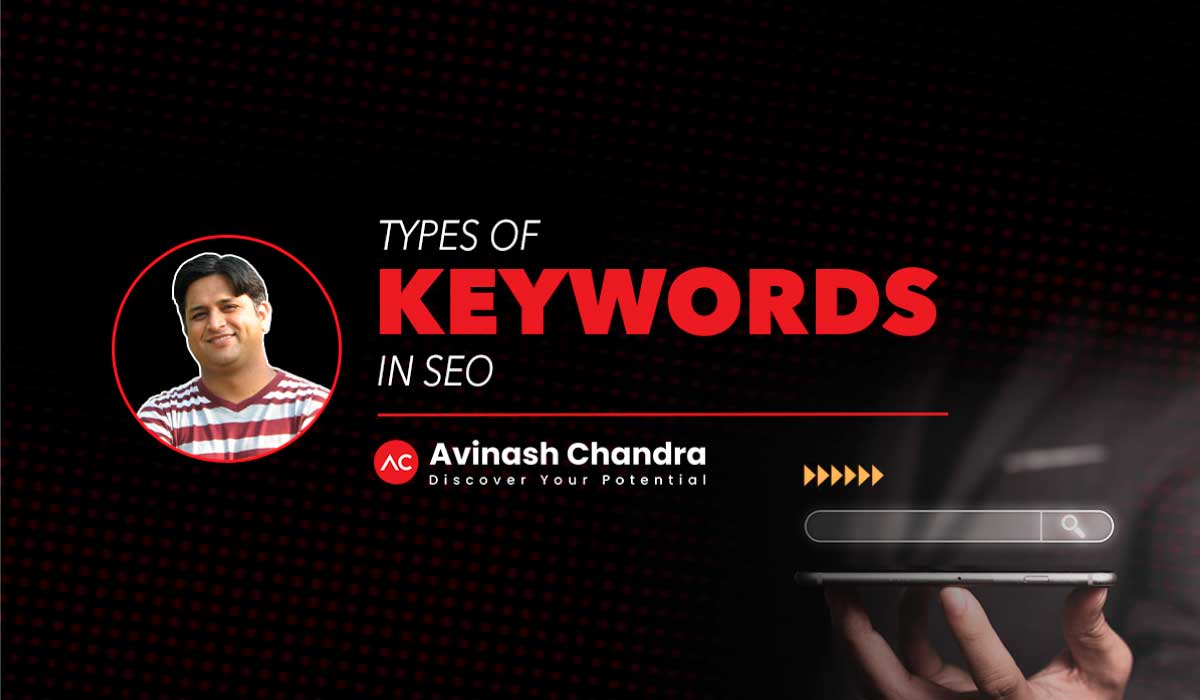
Great your Blog was really helpful. I have also written a blog. Do visit and review and give me valuable suggestions so that i can implement in my website